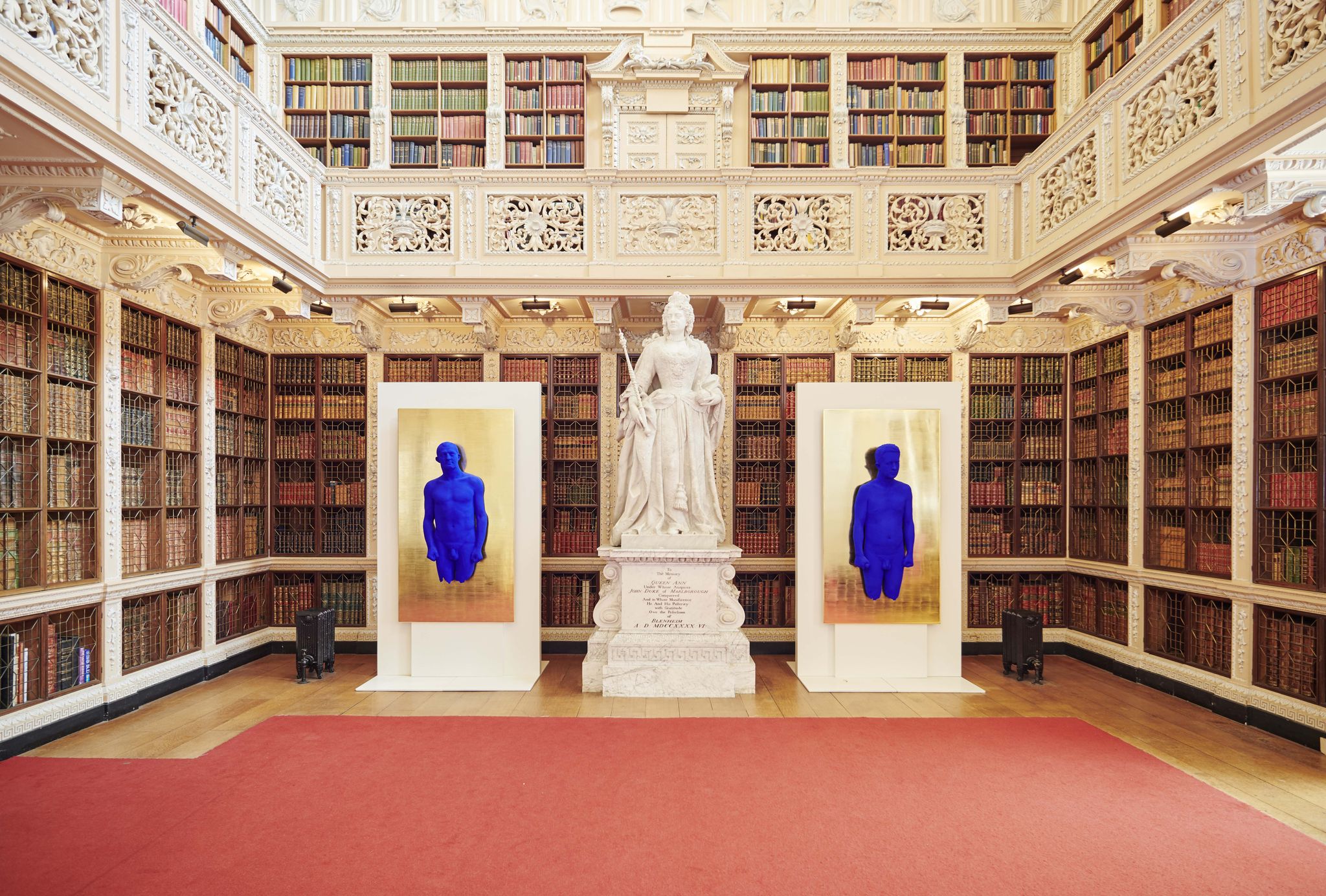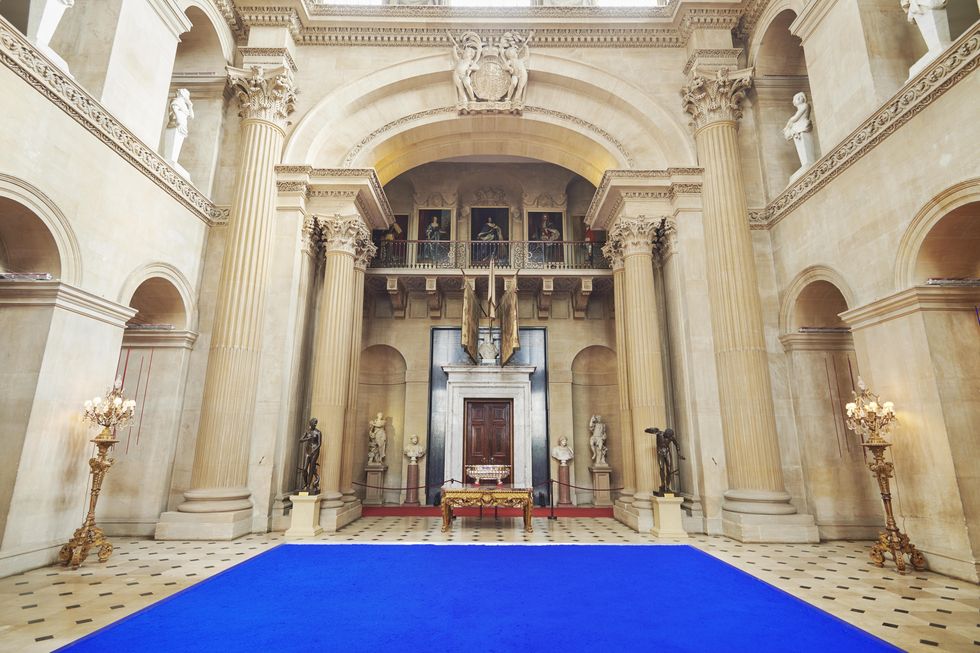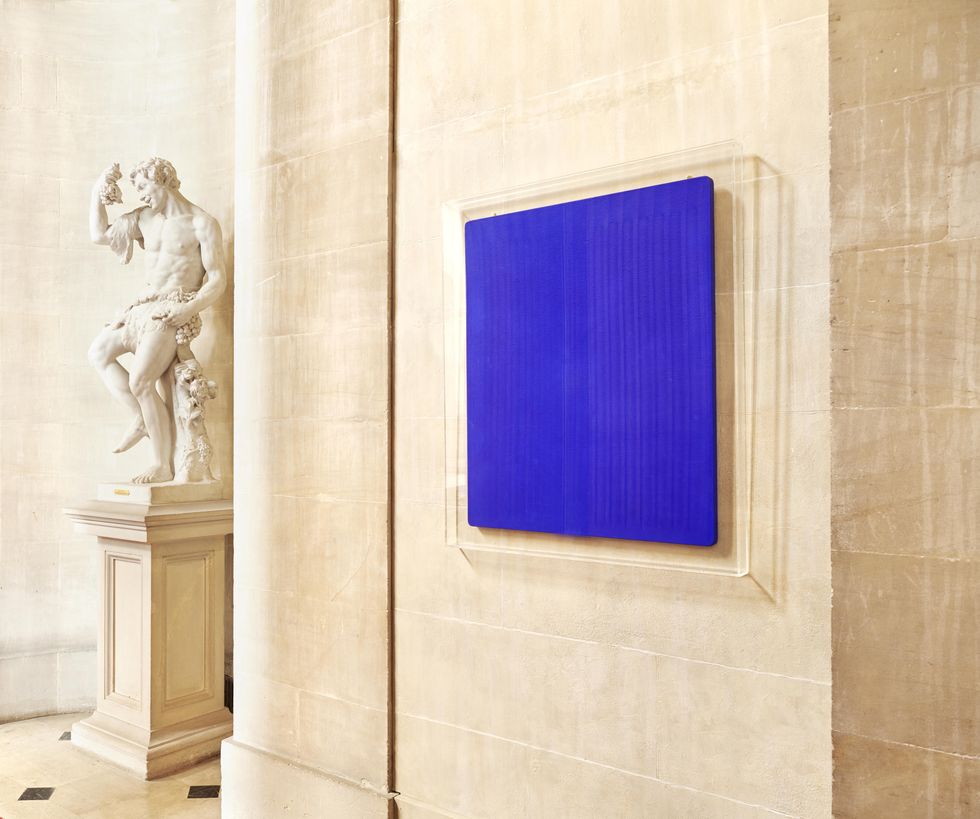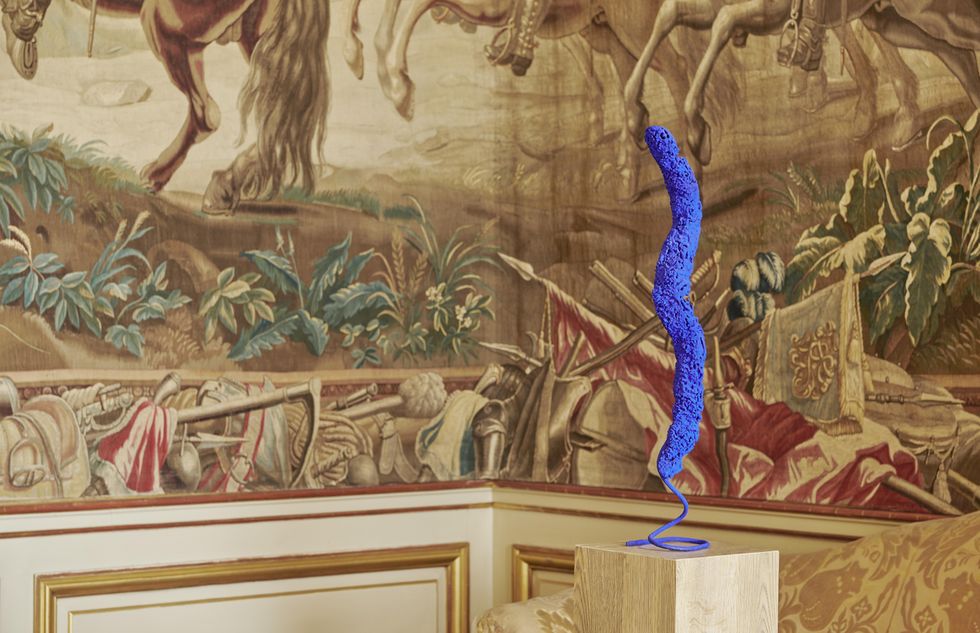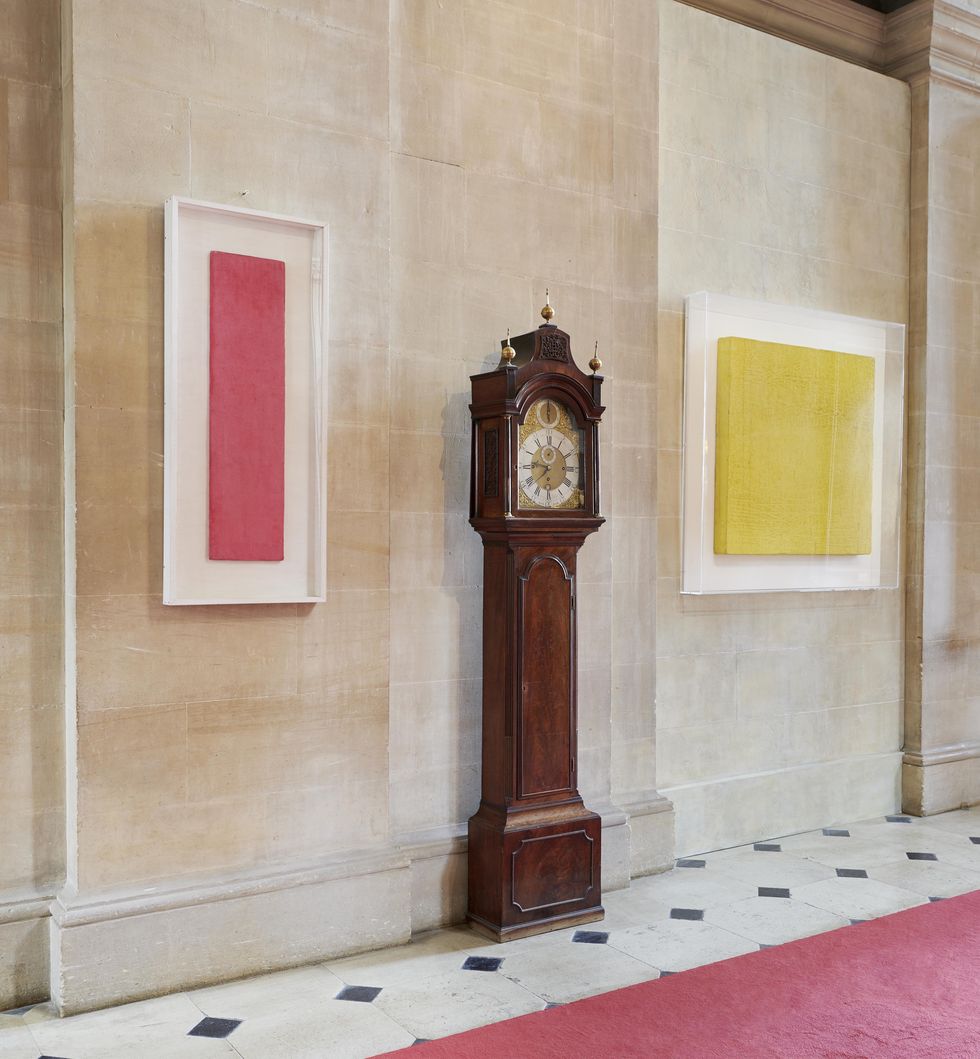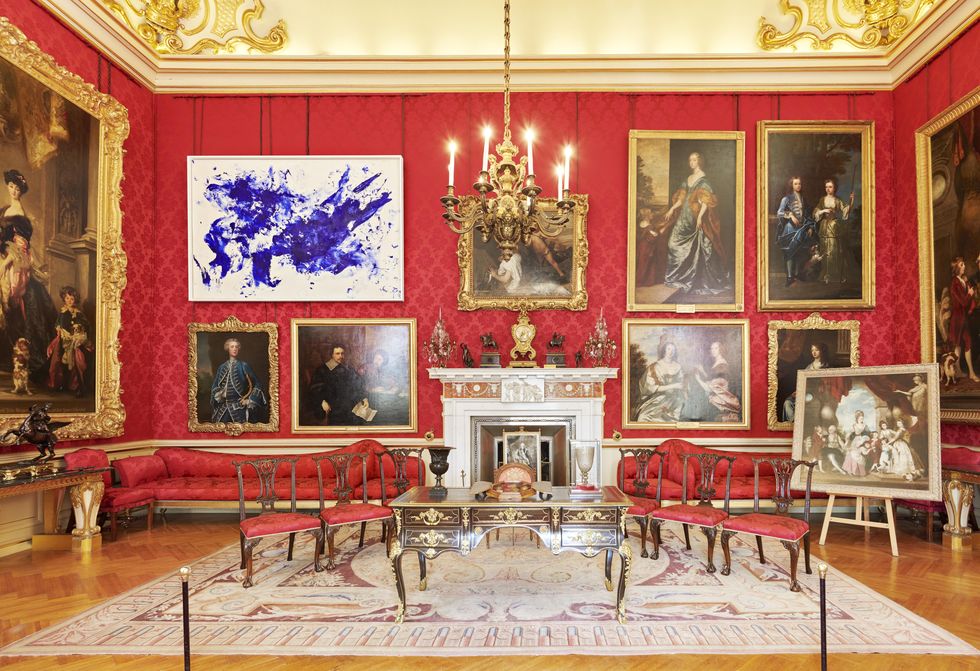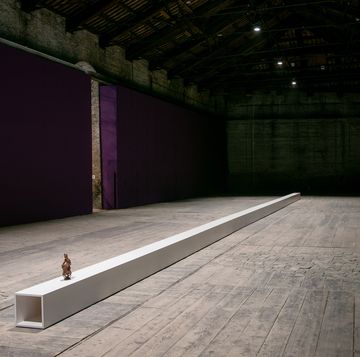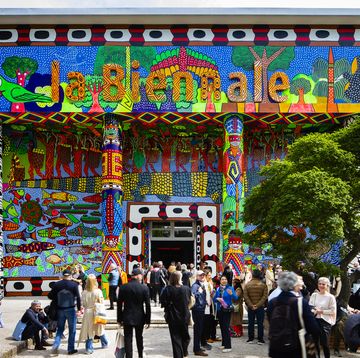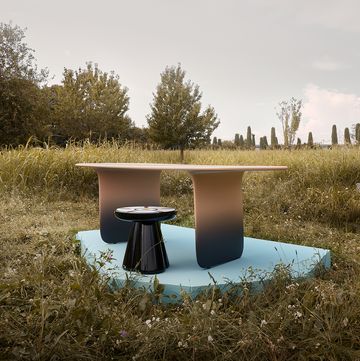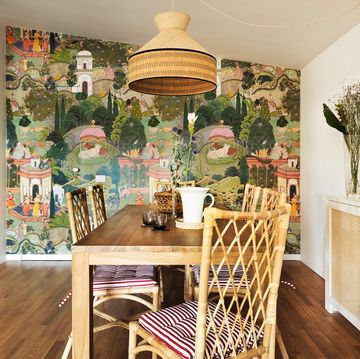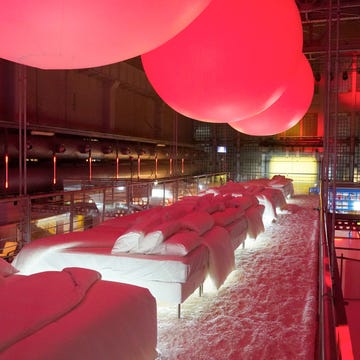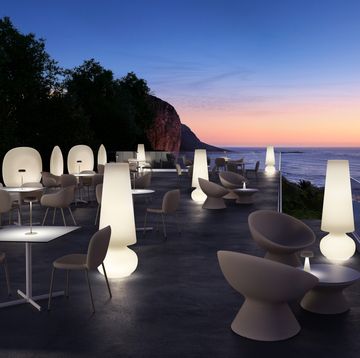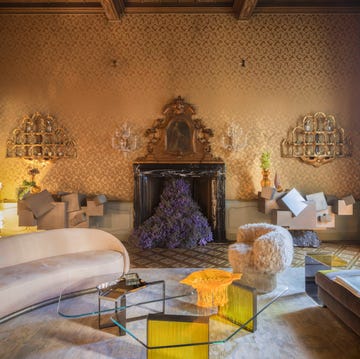The exhibit falls on the exact year in which, Yves Klein, a European figure who left a memorable mark on post-war art scene, would have celebrated his 90th birthday.
Organized by the Blenheim Art Foundation, the exhibit looks to honor the late maestro of color, diffusing beauty to the point of sublime transcendence within a breathtaking environment: the 18th century Blenheim Palace of Oxfordshire. As a UNESCO World Heritage Site, the palace hosting the exhibit is also noted as the birthplace of Winston Churchill.
Over 50 works from the famed artist are scattered about the extravagant halls, in the last showing of five contemporary art exhibits that included Ai Weiwei, Jenny Holzer, and Michelangelo Pistoletto, and Lawrence Weiner.
Yves Klein at Blenheim Palace is the perhaps the most exhaustive exhibit of the French artist in the United Kingdom, with over 50 works ranging from sculptures to paintings, installations, and testimonies of Klein’s creative and technical versatility.
However, with the exhibit garnering its fair share of criticism, not everyone was enthralled by the showing. “His early monochrome paintings – in green, red and rose – are often badly lit, hung over doorways, between stuffed stag heads or, in one case, over a cabinet of lead Napoleonic soldiers. The dripping swipe of red above the cabinet is almost like a regimental flag of blood”, the Guardian’s Adrian Searle writes.
The artist, with his pioneering experiments, anticipated and inspired movements of conceptual, minimal, and performance art. Then there was the trademark blue used in many of his pieces, which became so representative of his work that it was later named International Klein Blue (IKB). The symbolic element would also embody the artist’s creative praxis, as the key to reaching the infinite or the sublime through pure color. In more technical terms, IKB is a mix of pigments and resin that creates a vivid and velvety liquid tint, which in the hands of a visionary like Klein, became so much more.
Standouts at the Blenheim Palace exhibit include numerous Monochrome paintings, whose intense colors alter and transform the visitor’s experience among the Great Hall’s opulent Baroque decorations.
Also present is one of the revolutionary paintings from the Anthropometry series, created using models as live paintbrushes. It’s well-known that Klein loved to mix traditional and innovative artistic methods with dynamic techniques and performances, blurring the lines between the artistic process and final work.
Then there are the sponge sculptures, realized with the same saturated sponges the artist used to create his masterpieces, along with the twelve sculptures known as “Venus Blue”.
“This exhibition celebrates the universal sensibility of Yves Klein’s language and I hope it will touch visitors of all ages with its timeless, enduring and spiritual effect”, said Michael Frahm, director of the Blenheim Art Foundation.
The contemporary art program at the Blenheim Palace is part of a growing movement of British houses enticing visitors through temporary artistic exhibits. However, it seems the dialog between new and old isn’t always clear and, sometimes, even creates compositional competition.
Regardless, the exhibit presents a unique opportunity to see the works of a master in a truly gorgeous setting.
